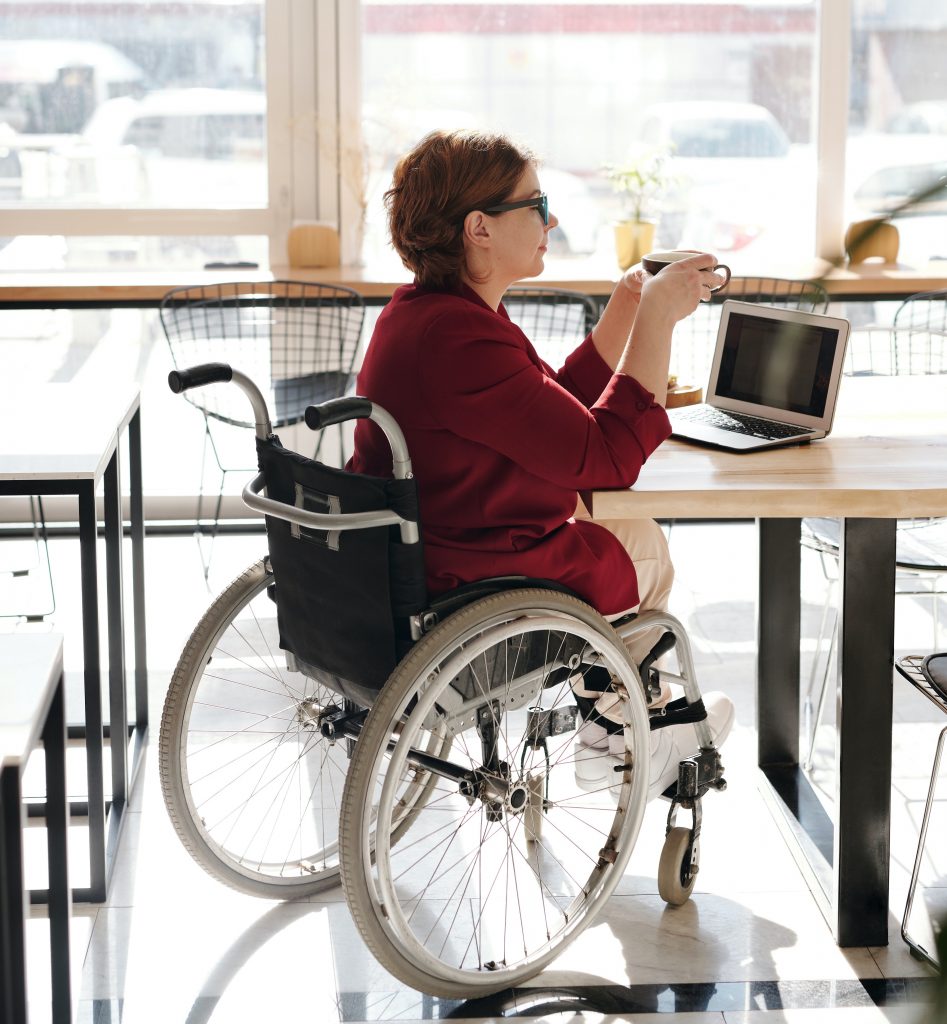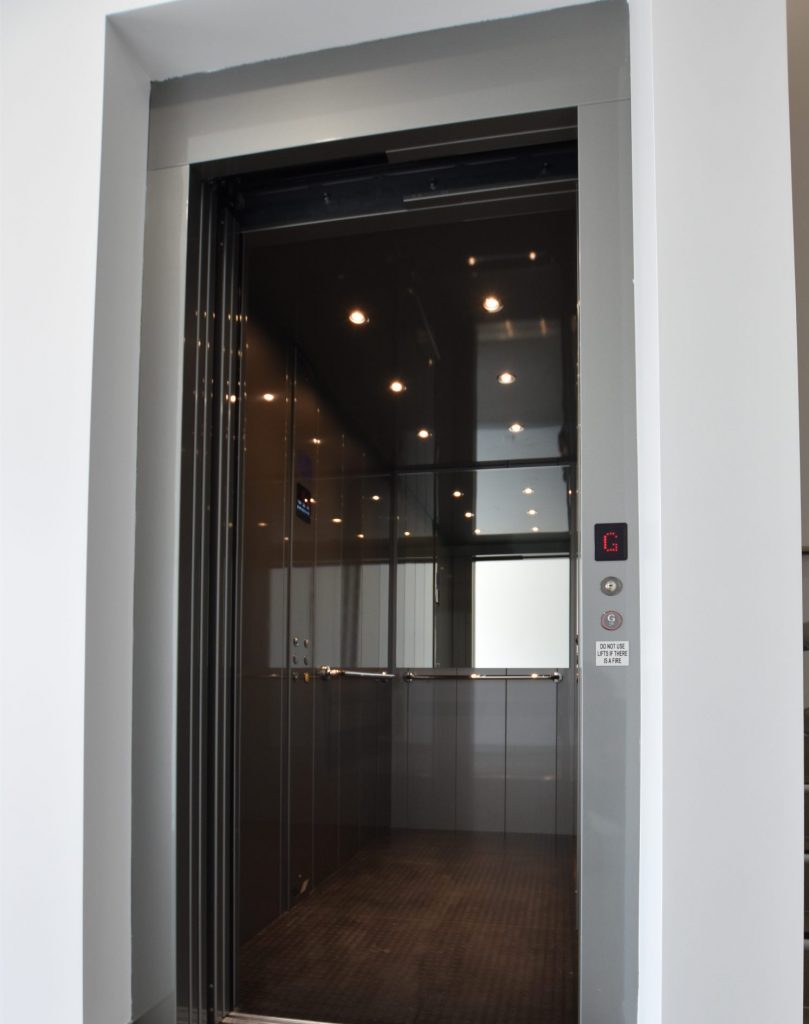You want to do right by your clients, customers and employees. So when looking to install an elevator into your commercial building, it’s vital to ensure you’ve crossed the t’s and dotted the i’s. With many laws and legislations around installation that need to be addressed, it’s hard to keep up with it all.
What if we told you that you could wrap your head around the basics of what you need for compliance in just 10 minutes?
Here’s your helpful (and simple) guide to everything you need to know about elevator installation and the Disability Discrimination Act (DDA).
The legal stuff, made simple
The DDA (aka the Disability Discrimination Act) has the core objective to make it unlawful to discriminate (intentionally or unintentionally) against people with disabilities. It covers things like employment opportunities, access to goods and services and access to premises.
If you think premises is a very broad term, that’s because it is. The DDA definition of premises is:
“Any premises that the public, or a section of the public, is entitled or allowed to enter or use.”
According to the Australian Human Rights Commision, it also includes heritage buildings, footpaths, walkways, public gardens and parks.

In very basic terms, the DDA (aka the Disability Discrimination Act) is in place to ensure that Australians with disabilities have the same access and opportunities as able-bodied Australians, and don’t feel isolated from public spaces. This means getting from A to B within a building too.
How the DDA applies to your building
In any commercial building the DDA exists to make sure your premises is fully accessible to people with disabilities. (This means more than just adding in a ramp or any old elevator.) There are specific guidelines and elevator regulations that need to be strictly adhered to in order to make sure that your building is accessible to everyone. We’ll come back to this later and summarise exactly what you need for your building.
Why is disability access important
Aside from legal obligations, you should want to have the right disability access in your building. Without it, you’re limiting the potential for an entire customer base to access your services or building, and that’s just bad for business.
Here’s why it’s good for business to have good disability access.
People who have a disability want to support your business
“But, I don’t have any disabled customers or staff…”
If you think that disabled people just aren’t interested in your businesses, chances are it’s just because they don’t feel like your space is accessible to them. More than 4.4 million Australians live with some kind of disability, that’s 1 in 5 people. So there’s a very good chance that some of them would be interested in your business, provided they had safe and comfortable access to it.
If you’re not convinced, let the research do the talking. The Australian Network on Disability (AND) have conducted thorough investigations that prove why it’s so important for your business to have good disability access. They’ve found that:
- 76.8% of Australians with disabilities report physical disability to be their main condition
- Most Australians with a disability are under 65 and 2.1 million of them are of working age (15-64)
- Word of mouth matters. Australians with disabilities are twice as likely to give negative recommendations about businesses with a bad reputation for diversity and accessibility. They’re also three times more likely to avoid businesses with these reputations all together.
You can get a competitive edge with better accessibility
Other businesses (quite possibly your competitors) are not making the changes needed to increase disability access to their premises. The Disability Confidence Survey Report 2017 found that 67% of businesses had not done anything in a 12 month period to make their space more accessible, even though 57% of businesses believed that people with disabilities make up a significant part of their customers. Not only that, but less than a quarter of businesses (22%) had plans to increase their disability support in the following 12 months. On a similar note, the Australian Human Rights Commission have found that 1 in 3 disabled Australians find that their needs as a customer are often unmet.

Now let’s take a look at the DDA details…
Time to get into the nitty gritty.
Considered discrimination under the DDA
Essentially, discrimination under the DDA is anything that limits people with disabilities. Under section 23, examples given include:
- Refusing entry for service animals
- Less favourable conditions of entry, for example:
- Wheelchair access to either the more, (or less) expensive seating areas in a cinema or sportsground
- Access that is less convenient, safe or dignified than the access for able-bodied members of the public
- Denying access to, or revoking access from, a venue due to someone’s disability. For example, if someone has slurred speech from a disability and they’re treated as if they’re intoxicated or reqested to leave, this will count as discrimination under the DDA
- Creating a barrier to access to any premises, this includes:
- Placement of furniture, equipment or signage that blocks footpath access
- Businesses that operate on footpaths must provide enough space for wheelchair access
- Unsafe/ unstable kerb ramps
- Tree roots, foliage or plants that create an uneven surface or prevent footpath access.
Overview of DDA Compliance in Perth specifically
Here’s a summary of some of the basics you need to cover to ensure that your building or commercial space is DDA compliant in Perth:
- Furniture placement: Furniture needs to be placed in a way that does not limit wheelchair access
- Accessible toilets: If your building has bathrooms, there must be wheelchair accessible bathrooms, fitted with handrails, emergency call buttons and braille
- Accessibility information: It should be easy for people with disabilities to navigate and access your building, this includes clear signage and braille directing them to elevators, wheelchair accessible toilets, emergency exits etc.
- Access all areas: All areas accessible to the public, must be accessible to people with disabilities
- Emergency exits: Emergency exits must be wheelchair accessible
- Ramp access to any raised levels
- DDA compliant elevator access to all levels.
DDA Compliant Lifts
Any reputable commercial lift manufacturer should ensure that their elevators are automatically DDA compliant. This means that they will include:
- Braille on push buttons or essential information
- Voice annunciation
- Push buttons located in easy-to-reach and find locations for people in wheelchairs or with visual impairments
- The highest button cannot be higher than 1200mm from the floor
- Handrails
- Digital displays
- Enough space for a wheelchair to fit comfortably
- Automatic doors
- Emergency call button with dedicated emergency phone line
- (Optional & site specific) Fire-safe doors to allow for a wheelchair accessible emergency exit.

To learn more about how a DDA compliant lift works and find out what your options are, take a look at our commercial lifts online, look at examples of our previous work or come down to our Belmont showroom to speak with one of our industry experts.

